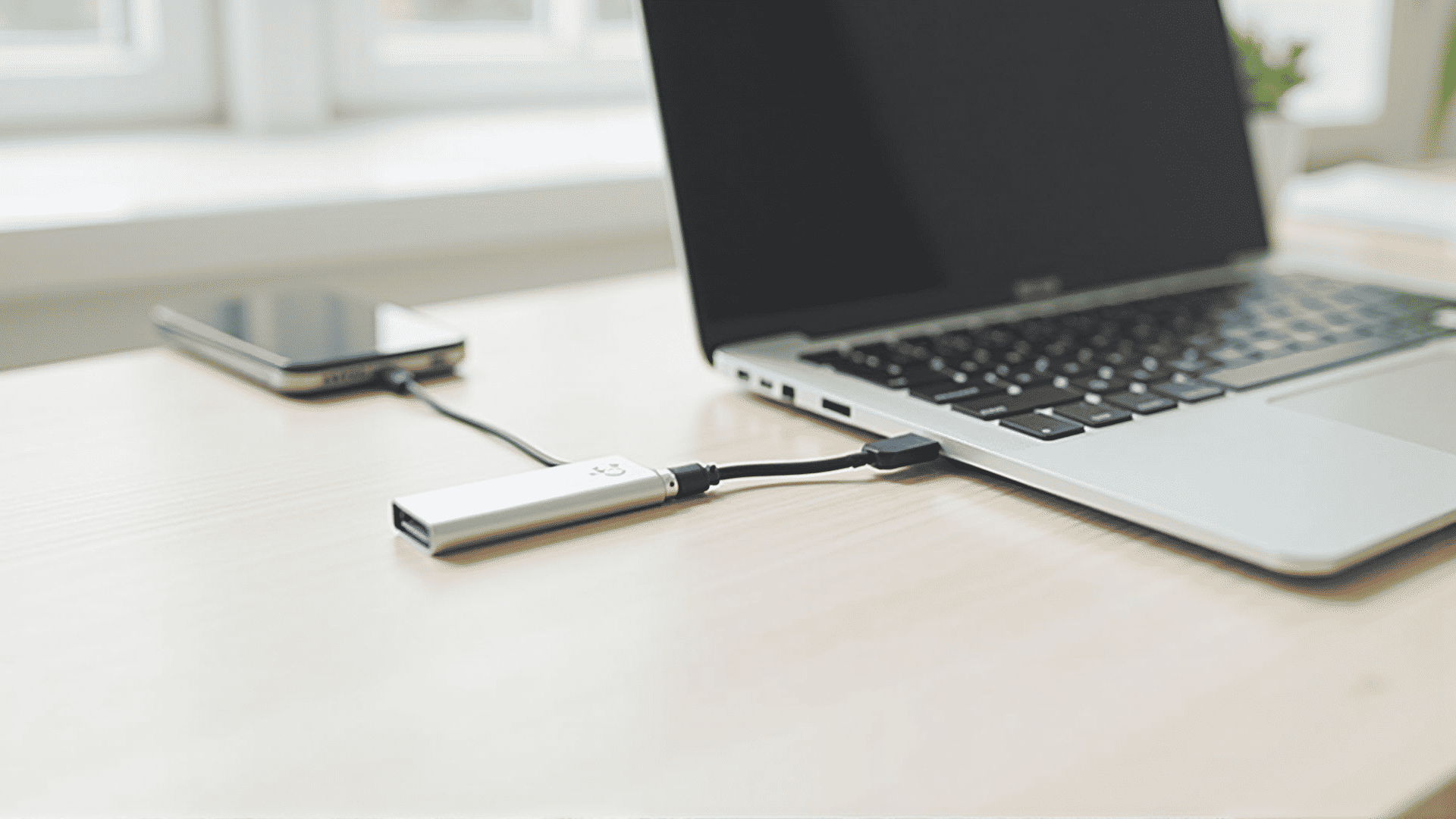USB issues on a Mac can be frustrating, but often they can be resolved with a few straightforward steps. Here's a detailed guide to help you troubleshoot connection problems with USB devices on your Mac.
Step 1: Check Basic Connections
Begin your troubleshooting by ensuring that everything is connected properly. Check that your USB device is securely plugged into the USB port on your Mac. Sometimes, a loose connection is all that’s causing the trouble.
Step 2: Try a Different USB Port
If reseating the connection doesn’t help, try plugging the USB device into a different port on your Mac. This can help determine whether the issue is with the port itself. If you’re using a hub, connect the device directly to the Mac to test the hub’s functionality.
Step 3: Test the USB Device on Another Computer
To rule out the possibility of a faulty USB device, try connecting it to another computer. If it works on a different device, the problem likely lies with your Mac.
Step 4: Restart Your Mac
Sometimes a simple restart can resolve connection problems. Reboot your Mac to refresh the system and attempt to connect your USB device again.
Step 5: Check System Updates
Ensure your Mac is running the latest version of macOS. Software updates can fix bugs and improve compatibility with different devices. Go to "System Preferences," then "Software Update" to see if any updates are available.
Step 6: Reset the SMC
The System Management Controller (SMC) manages several hardware functions on a Mac, including USB ports. Resetting the SMC can sometimes resolve hardware-related issues. The process varies depending on whether your Mac has a T2 security chip, so refer to Apple's guidelines for your specific model.
Step 7: Check System Information
Use the System Information tool to see if your Mac recognizes the USB device. Go to "Applications," select "Utilities," then "System Information." Under the "USB" section, check whether your USB device appears in the list. If not, there might be a hardware issue or the need for a driver update.
Step 8: Examine Third-Party Drivers
If your USB device requires a third-party driver, ensure it’s installed correctly. Sometimes drivers become outdated and need updates to function properly with the latest macOS.
Step 9: Reset NVRAM/PRAM
Non-volatile RAM (NVRAM) and Parameter RAM (PRAM) store settings for different Mac features, including volumes and startup disk selection. Resetting these can sometimes resolve device recognition issues.
Step 10: Contact the Device Manufacturer
If you've gone through these steps and your USB device still isn't working, consider reaching out to the manufacturer for further guidance. They may have specific troubleshooting steps for their product or be able to offer a firmware update.
By following these steps, you can often resolve USB connection issues on your Mac quickly and efficiently, ensuring your devices work as intended.
